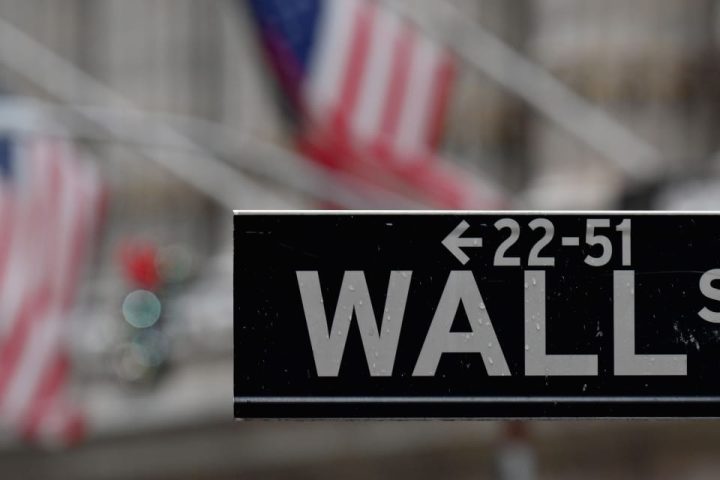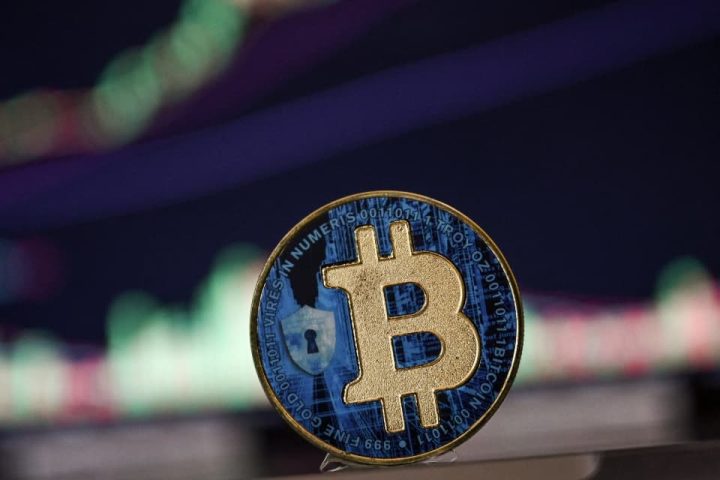By Caroline Valetkevitch
NEW YORK (Reuters) -Global stock indexes mostly rose while the U.S. dollar hit a near five-month low on Friday after data showed that annual U.S. inflation slowed further below 3% in November, supporting the view that the Federal Reserve could cut borrowing costs next year.
The Commerce Department report also showed U.S. prices fell in November for the first in more than 3-1/2 years.
The data is the last major release this year, and many investors are expected to be away between Monday’s Christmas Day holiday and New Year’s Day.
Stock investors have cheered recent signs from the Fed on the outlook for rates. At the conclusion of its policy meeting on Dec. 13, the Fed signaled that it had reached the end of its tightening cycle and opened the door to interest rate cuts in the coming year.
The U.S. benchmark is inching closer to its all-time closing high. Reaching a new closing high would have confirmed the benchmark index had been in a bull market since closing at the bear market floor in October 2022.
“The data was very dovish, and, of course, this is the Fed’s primary measure of inflation. But the core being below expectations and the top line also being below expectations is positive for the market, indicative that inflation is declining,” said Tim Griskey, senior portfolio strategist at Ingalls & Snyder in New York.
“It’s more evidence that this is a good environment for investing.”
The fell 35.41 points, or 0.09%, to 37,368.94; the S&P 500 gained 4.52 points, or 0.10%, to 4,751.27; and the added 12.86 points, or 0.09%, to 14,976.73.
All three indexes are on track for their eighth straight week of gains, with the S&P 500 set for its longest weekly winning streak since 2017.
The U.S. market will be closed Monday for the Christmas holiday.
The pan-European index rose 0.14% and MSCI’s gauge of stocks across the globe gained 0.08%.
The U.S. dollar was last down 0.1% against a basket of currencies at 101.73 and earlier hit its lowest since late July.
The has slipped more than 2% over the last two weeks and is on pace to finish the year down just under 2%.
The dollar also weakened to a near nine-year low against the Swiss franc and was last down 0.15%, back to January 2015 levels when the Swiss National Bank sparked significant volatility by discontinuing its policy of having a minimum exchange rate for the franc against the euro.
Benchmark 10-year Treasury yields were up slightly on the day at 3.901%, with the data seen as largely as expected.
In the energy market, oil prices eased amid expectations that Angola could increase output after leaving OPEC, while worries remained that Houthi attacks on ships in the Red Sea were boosting supply costs.
oil fell 33 cents to settle at $73.56 per barrel, while dipped 32 cents to $79.07.
added 0.4% to $2,053.29 an ounce.
In cryptocurrencies, bitcoin eased 0.5% to $43,672, just shy of the eight-month high of $44,729 hit earlier this month..
Read the full article here







